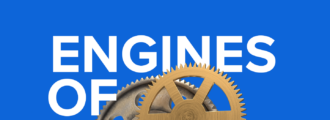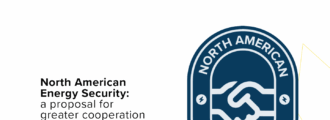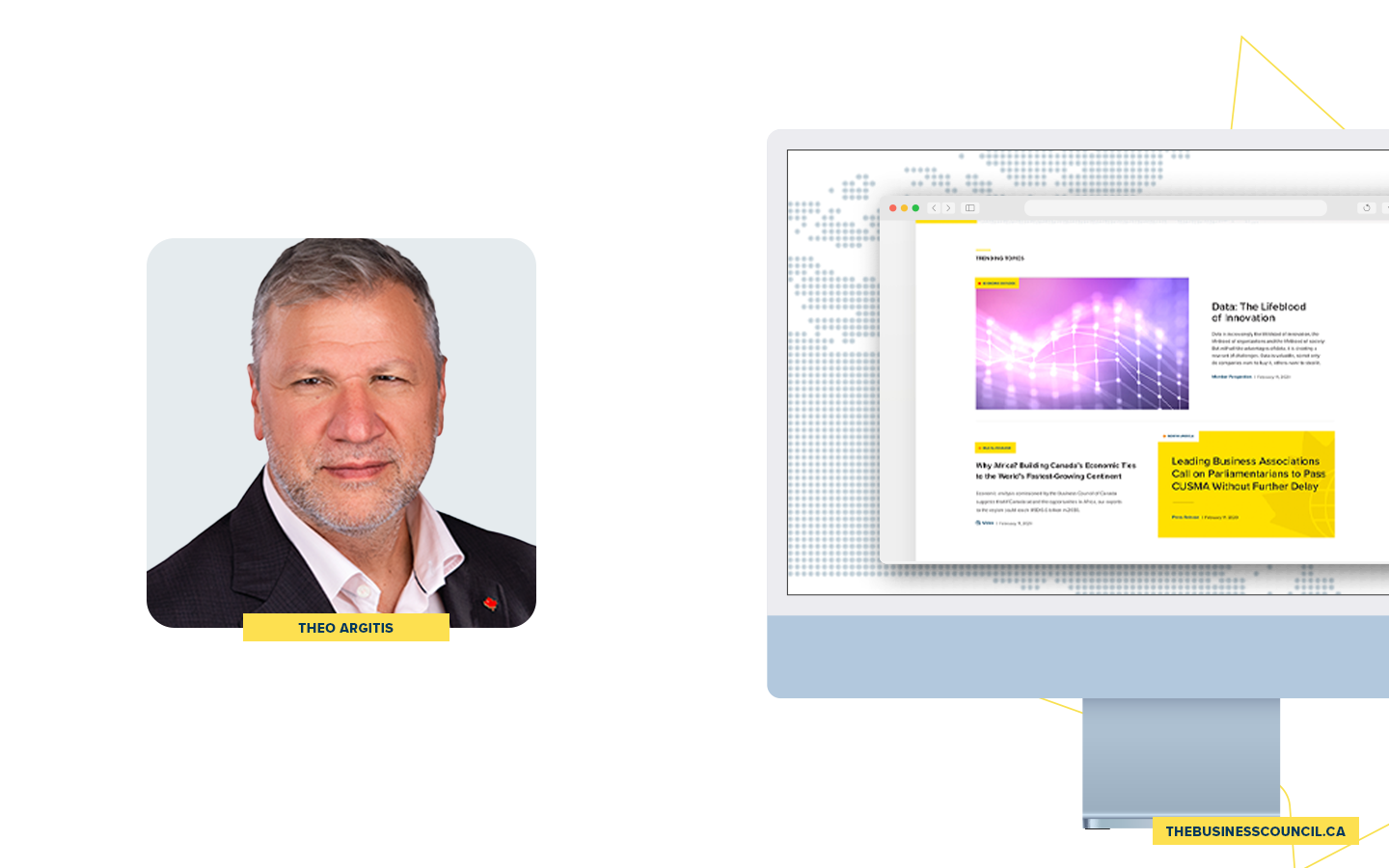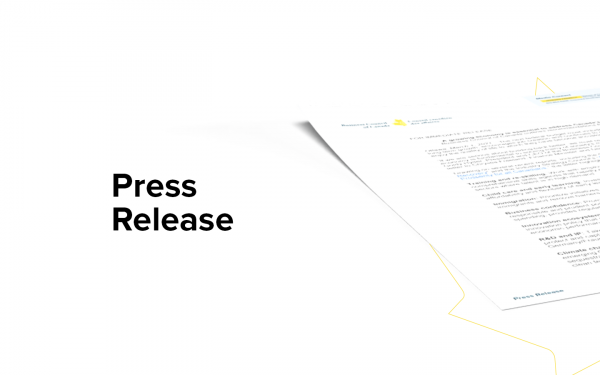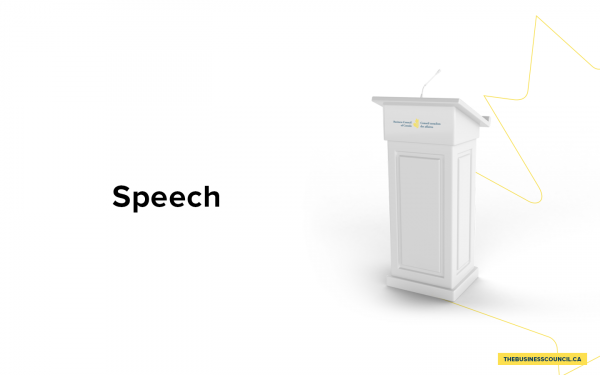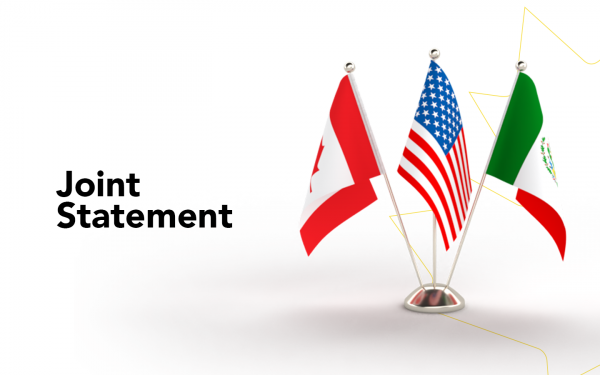The Bank of Canada’s independence is crucial. Here are three ways to protect it
As published in The Hub
The debate over central bank independence has flared up again in the U.S., amid the recurring attacks by Donald Trump on Federal Reserve Chair Jerome Powell.
The implications for global markets and risks to the U.S. economy are serious and shouldn’t be underestimated. The evidence is clear enough: independent central banks tend to produce lower and more stable inflation.
In Canada, there’s no immediate reason to worry that Prime Minister Mark Carney would undermine the autonomy or credibility of the Bank of Canada. He’s led two G7 central banks and has been a vociferous advocate for operational independence.
But that doesn’t mean we shouldn’t be vigilant. Questions around central bank independence will continue to surface here as well—and the government, parliamentarians, and the Bank of Canada would do well to be prepared.
We all have an interest in maintaining a strong and stable macroeconomic environment, especially in an era of heightened uncertainty and policy experimentation.
I propose three simple steps to reinforce trust: reminding Canadians of the guardrails that govern the Bank-government interactions; launching a thorough parliamentary review of the Bank’s controversial pandemic-era bond-buying program; and encouraging the Bank to speak more candidly about fiscal policy.
The post-pandemic environment has put central banks under real strain. Not only did their credibility take a big hit as inflation surged following the pandemic economic lockdowns, but they faced public backlash and intense political pressure over the higher interest rates needed to bring inflation back down.
And these pressures may very well persist with inflation proving sticky, and debt levels high across households and governments. Scrutiny will remain elevated.
Carney’s prime ministership, meanwhile, also raises a unique set of questions. What does it mean to have arguably the most experienced central banker Canada has ever produced sitting in the Prime Minister’s Office? Should he weigh in on monetary policy, even informally? Should Governor Tiff Macklem seek his advice?
And has Carney’s rise to power through the Bank of Canada politicized the institution, even if only in perception?
My view is no. But these questions are worth asking, not because they reflect a real concern, but because clarity and transparency are the foundation of institutional trust.
These aren’t just theoretical considerations. The federal government plays a direct role in two of the central bank’s core functions: one, the renewal of the inflation-targeting mandate every five years, with the next round set to take place next year; and two, the government appoints the governor, with Macklem’s term expiring in 2027. As the government prepares to manage these two processes, there are steps that can be taken to shore up the public’s trust in the institution and reinforce its independence.
Educate the public
First, it may be wise for Carney to offer some signal—however informal—about what guardrails, if any, he intends to place around his government’s interactions with the Bank of Canada.
The Bank might also consider using this moment to reinforce public understanding of how it interacts with government, and what safeguards are in place to protect its independence. Some light public education could go a long way in preserving confidence.
Address political controversy
Second, Parliament should conduct a review of the Bank of Canada’s bond-buying program during the pandemic—the one that Pierre Poilievre at the time called an ATM machine for Justin Trudeau and his government—to assess the extent to which it may or may not have undermined central bank independence.
The Bank of Canada released its own assessment of the program (also known as quantitative easing), but its focus was more on technical aspects rather than explicitly addressing the political controversy.
Stop tip-toeing and speak up
Third, the central bank should drop its reluctance to speak candidly about fiscal policy. This is an area where it can and should assert greater independence.
The Bank of Canada’s job is not just to manage interest rates, but to inform Canadians about all factors that affect macroeconomic stability. That includes government spending decisions. In recent years, the Bank has tiptoed around fiscal issues even as the Trudeau government’s spending made it more difficult to lower interest rates.
The Bank of Canada wants to avoid appearing political. But with the Carney government potentially poised to normalize even higher structural deficits, Canadians could use a clear, independent assessment of how any new spending could affect the growth outlook, inflation, interest rates and the central bank’s own room to maneuver..
A more assertive voice on fiscal matters wouldn’t compromise the Bank’s independence. It would reinforce it.



